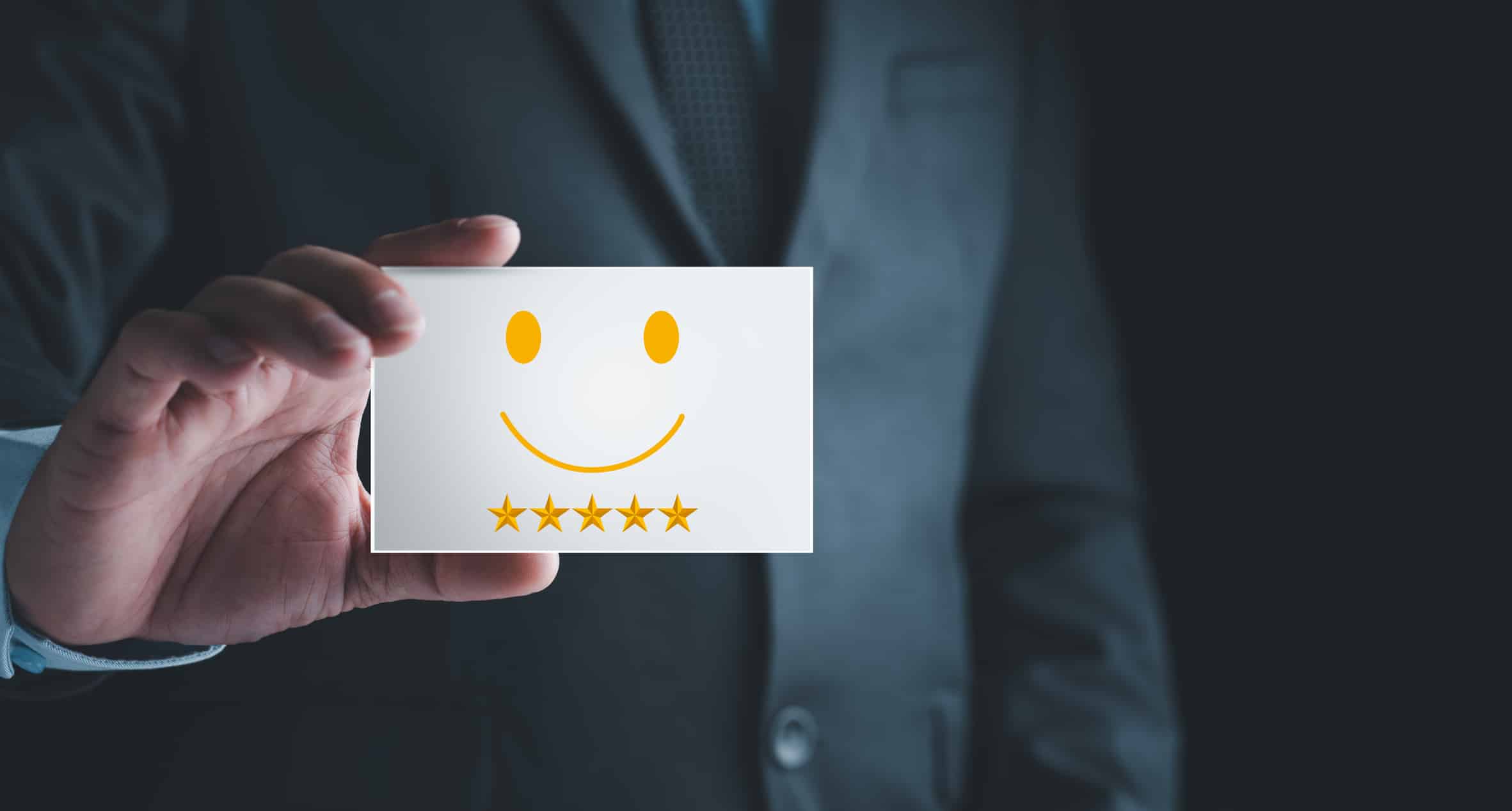Did you know brand loyalty and customer loyalty aren’t the same? The difference is subtle, but it’s there.
Brand loyalty is about consumers having other choices but continually choosing your brand above others, and it can also be about affinity with your brand’s image. Customer loyalty is about the customer’s ongoing satisfaction with your company or brand that drives them to keep bringing you their repeat business.
Emarsys and IMRG recently hosted a roundtable discussion focused on understanding the differences between customer loyalty and brand loyalty. The gathered retailers engaged in an open talk about their challenges and strategies around boosting both types of loyalty. Following are key highlights, tips, and strategies from the conversation.
Building Brand Loyalty by Building Confidence over Time
Today’s consumers have an impressive array of resources at their disposal to help them make choices about the goods and services they purchase. As a retail marketer, what you need to do is connect with your customers well before they reach the buying stage and let them get to know your brand.
One of the attendees had a recommendation: “Make sure that your content is where your consumers are, not necessarily on your site, because that’s where you would like them to be ultimately. [….] The type of content you have [on social media and other channels] should pique their interests enough to make them want to know more and then bring them onto your site, which is where you have that engagement piece, which is your longer form, more immersive content.”
By the time customers reach your site, they’ve entered the conversation stage, and ideally at this point you’re positioned to give them the confidence to click the Buy button.
The key takeaway: Put your awareness content on your other channels, and use that content to bring them onto your site for that more engaging experience.
Building Customer Loyalty by Optimizing the Customer Funnel
Do you understand your customers and the ways they engage across your customer lifecycle?
To truly understand your customers and build a lifecycle that promotes customer loyalty, you need to avoid serving all content to all of your customers. Someone who just made a third purchase doesn’t need the same content as someone you’re trying to convince to make their first purchase.
One vital point to this strategy is that you need a 360-degree view of the customer, with integrated data that feeds into your CRM, your email, and all your connected channels. One of the roundtable participants described tracking data about how much of a product video customers watched on the website, which then fed into marketing automations to trigger a natural response.
The three most foundational automated journeys are welcome journeys, abandoned cart, and abandoned browse, all of which can be tailored to speak to customers on a 1:1 level. And yet not all marketers use them. By using a customer engagement solution to deliver dynamic content based on data (such as the value of that customer, average order value, units per transaction, etc.), marketers can improve experiences while also increasing conversions.
The key takeaway: Put your customers at the center of what you do, and use data to speak to their interests. Focus on their motivations, serving them the tailored content that will keep them engaged. Ensure your marketing campaigns satisfy them continually — that’s how you win customer loyalty.
Avoiding Toxic Discounting
Habitual and excessive discounting is addictive, both for the customer (who gets accustomed to that markdown) and the marketers (who come to rely on the engagement). However, this harms brand loyalty by eroding the customer’s understanding of the true value of your brand and product. At the same time, it weakens customer loyalty: any competitor can come along and offer a fractionally better discount. Competing on price always ends up in a race to the bottom.
According to one of the discussion participants, “I think a lot of people are sitting on excess levels of stock. […] And that does create a lot more competitive pressure and a lot more tendency for people to offer discounts because warehouses are full and people need to ship products.”
Discounting can be like a “blunt lever to shift things” when retailers are sitting on excess levels of stock. But this is a short-term solution to a problem, and it’s best not to let a habit develop.
Here are some other strategies marketers can consider aside from discounting:
- Using personalized messaging to recommend content to buyers
- Highlighting the authenticity of the product
- Offering add-on services
- Showing convenience around returns
- Demonstrating the ease of use (such as in videos)
- Providing supporting content
Use an informed marketing strategy that is personalized to customers, and cross-reference against the customers’ website engagement. Find out which customers visited which product lines and purchased which products. Then engage them with content that’s relevant to their interests.
Final Thoughts
Whether we’re talking about brand or customer loyalty, your relationship with customers is an ongoing journey of mutual discovery.
The way to help customers discover your product or service is by demonstrating that you understand them and their needs. Delivering personalized content demonstrates that you have the tools and the sophistication to remember their past interactions, so you can continue an ongoing dialogue rather than starting fresh each time you reach out. This sort of dialogue will build confidence and keep them coming back time and again.
Handpicked Related Content:












